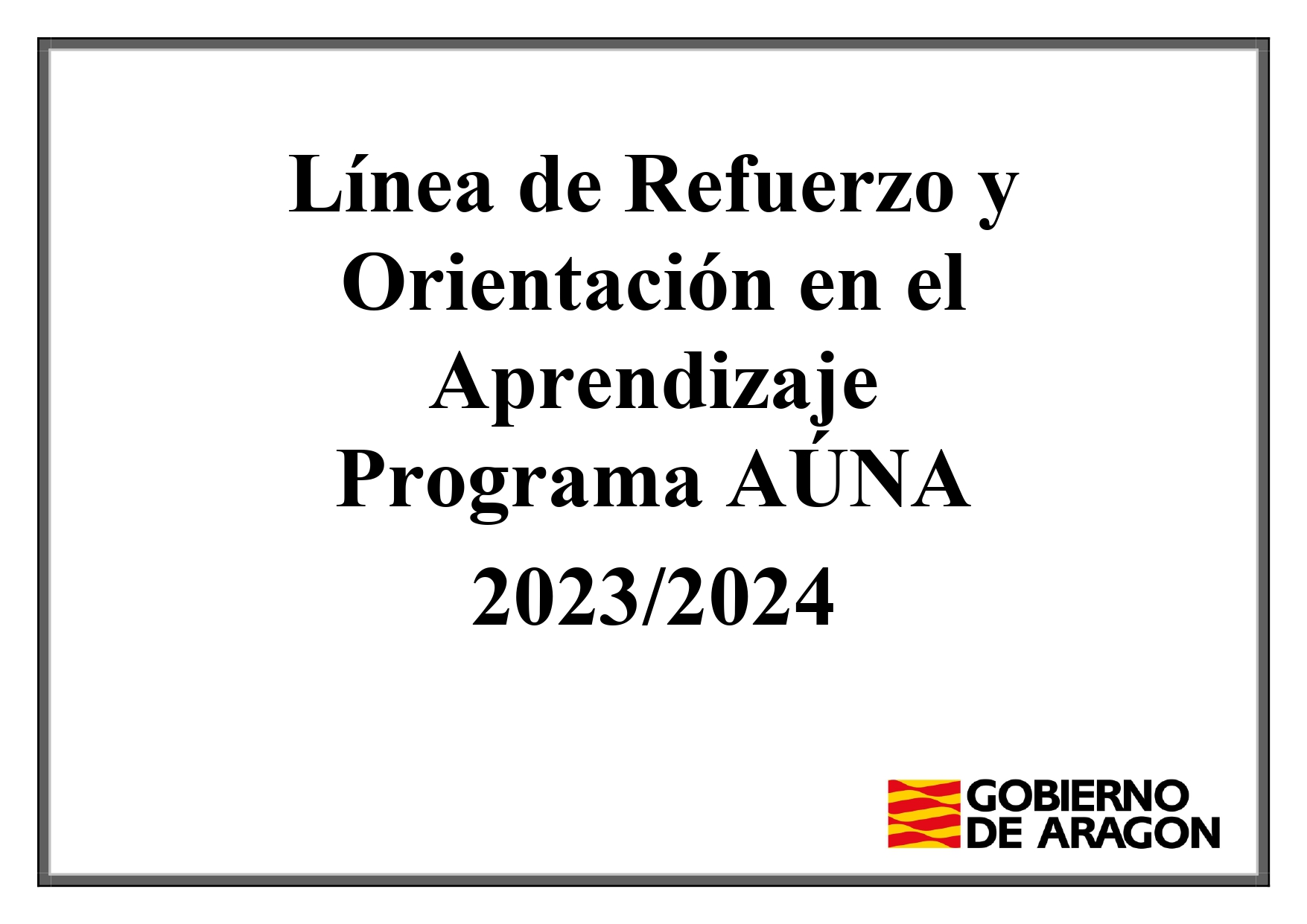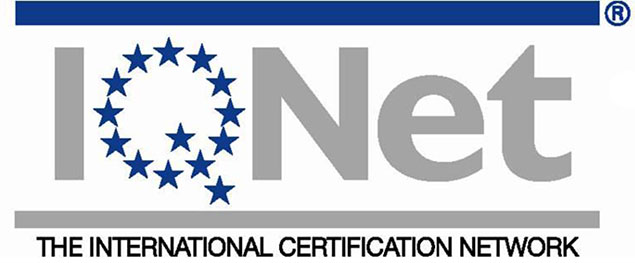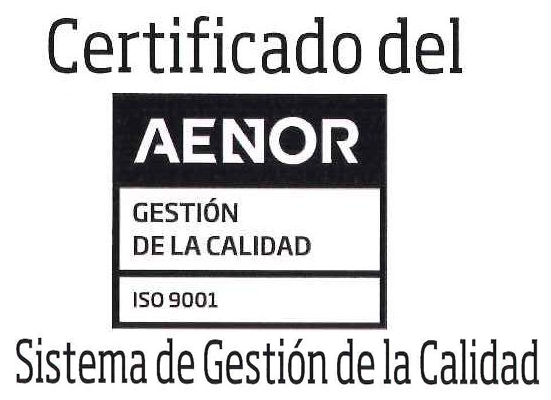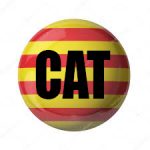IES Bajo Cinca is located in the town of Fraga, in the province of Huesca. It is the capital of Bajo Cinca (an agricultural “comarca” or administrative division), with more than 14,000 inhabitants, which exports sweet fruit and has an outstanding presence in the service and industrial sector.
The Bajo Cinca region is located in the East of Aragón and, due to historical reasons, it is a bilingual area where a significant part of its inhabitants speak both Spanish and Catalan as a mother tongue. This means that a high number of inhabitants of this area can communicate naturally in both languages, a desirable skill for all European citizens which in many cases implies an increasing respect towards languages.
From IES Bajo Cinca we have tried to benefit from this sensitivity of the population in order to establish a philosophy which favours, respects and promotes the learning of languages, both native and foreign, since we consider that the real construction of Europe will only be possible through the knowledge and respect towards all present cultures.
The centre, which was founded in 1977, has 63 teachers and more than 500 pupils who can study Compulsory Education, Baccalaureate and Vocational Training. Within Compulsory Eduation (ESO), we offer a wide variety of voluntary programmes including: The English bilingual programme and the Catalan bilingual programme.
IES Bajo Cinca is a reflection of the diversity of its educational community and for this reason we believe it is indispensable to cater to every type of pupil, including those who arrive at the centre with learning difficulties, a lack of knowledge of the language or any other needs generated by social, academic or development factors. For this reason many channels of support are offered: special programmes for compulsory education (PAI and PMAR), Spanish classes, afternoon reinforcement classes and support coming from the teachers specialized in therapeutic pedagogy (special education).
IES Bajo Cinca is a regional institute, which means that it receives students from neighbouring villages and for this reason it becomes a space for coexistence for the adolescents of the area. The implementation of numerous extracurricular activities (field trips, excursions, talks, sport activities) favours this coexistence and reinforces the bonds between the students and the rest of the educational community.


















